
AeroGenie — 您的智能副驾驶。
热门趋势
Categories
Uganda Airlines Denies Reports of New Fleet Acquisition
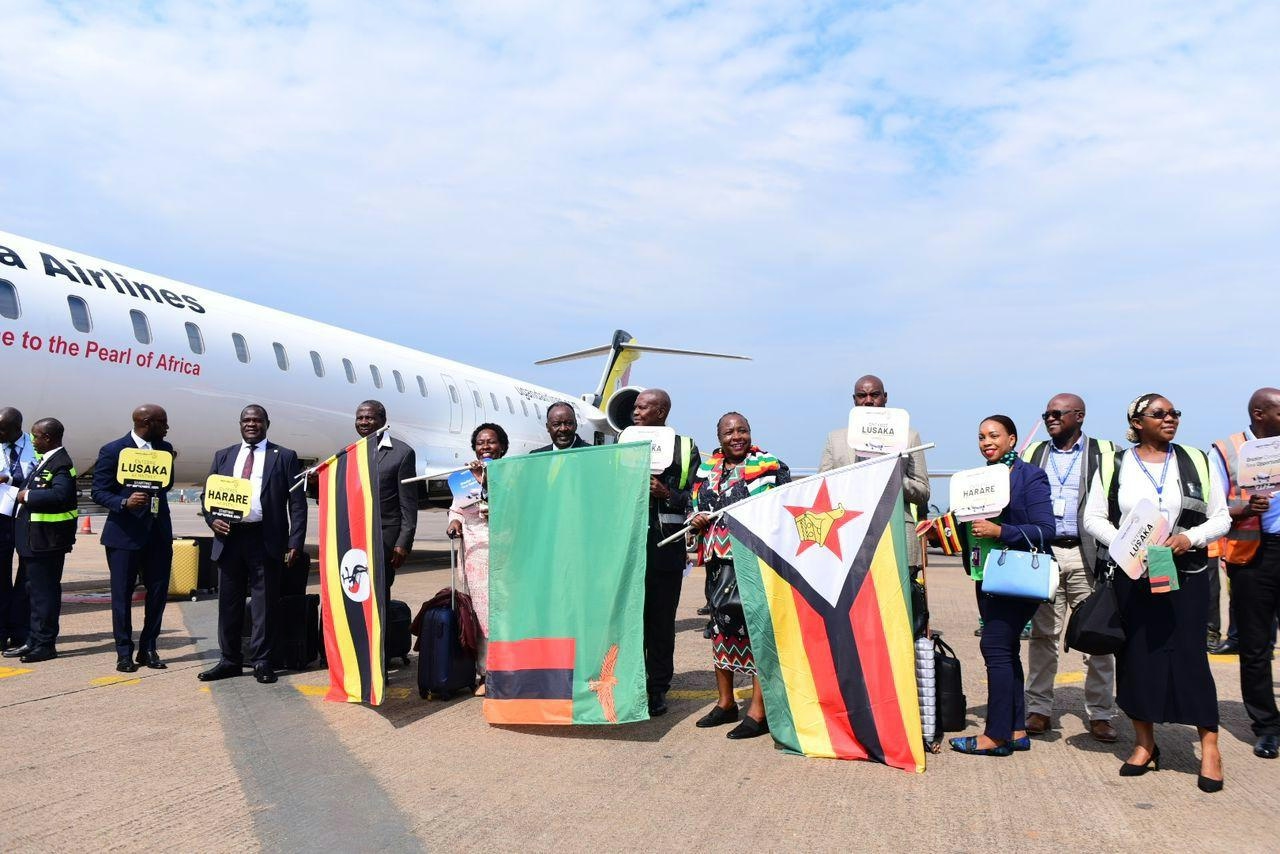
Uganda Airlines Refutes Reports of New Fleet Acquisition Amid Expansion Efforts
Uganda Airlines has categorically denied recent media reports suggesting imminent acquisitions of new aircraft, describing such claims as "inaccurate," "speculative," and "premature." The state-owned carrier emphasized that all decisions regarding fleet strategy remain under the jurisdiction of the government’s inter-ministerial fleet team, with official announcements to be made only upon completion of the formal process.
Clarification on Fleet Acquisition Plans
In a statement released on August 27, airline management stressed that the deliberations concerning fleet expansion are still in their early stages. The statement asserted, "Any assertions of procedural irregularities are without merit. Definitive communications regarding fleet type considerations will be formally disseminated and authorised by the shareholder upon finalisation of the process." This clarification followed reports quoting CEO Jenifer Bamuturaki, who was cited as indicating plans to acquire two freighters and add three more aircraft by August 2026, though she did not provide detailed specifics. Local media further reported that the expanded fleet would support the launch of five new international routes—to Cape Town, Accra, Oman, Riyadh, and Gwangju—as well as new domestic services to Arua, Gulu, and Kasese in 2026.
Despite denying any immediate fleet acquisitions, Uganda Airlines continues to advance its long-term expansion strategy. The airline has secured government approval to negotiate orders with Airbus for two A320neo and two A321neo aircraft, with deliveries anticipated between 2031 and 2033. In the short term, Uganda Airlines plans to dry-lease one A320-200 and one A321-200 by October 2025 and has extended its ACMI contract with Denmark’s DAT for an A320-200 by an additional year. According to ch-aviation data, the current fleet consists of two A330-800neo and four CRJ900LR aircraft.
Technical Milestones and Allegations Addressed
Uganda Airlines has also demonstrated growing technical capability, recently completing its first in-house engine swap and a successful engine change on a Bombardier CRJ900. These achievements highlight the airline’s increasing independence and technical proficiency in maintenance operations.
Meanwhile, CEO Jenifer Bamuturaki has denied allegations reported by Kampala-based ChimpReports, which cited confidential state correspondences accusing her of attempting to alter the airline’s fleet strategy from Airbus to Boeing. The reports claimed this shift would contravene the 2018 Cabinet-approved business plan, which prioritizes Airbus for its cost-effectiveness and efficiency. Allegations include that Bamuturaki sought to negotiate Boeing aircraft purchases without the presence of technical experts and considered acquiring a 22-year-old Boeing 737-800 cargo jet at a price exceeding previous valuations, alongside potential purchases of Boeing 787 and 737 MAX aircraft.
Technical staff reportedly raised concerns that the proposed cargo jet’s engines were nearing mandatory replacement, but these warnings were allegedly disregarded. Introducing Boeing aircraft would have added a fifth aircraft type to the fleet, increasing operational complexity and costs related to maintenance, spare parts, and crew training.
In response, Bamuturaki affirmed that no procurement decisions regarding Boeing aircraft have been made and reiterated that Uganda Airlines remains committed to operating within the framework of its 2018 business plan.
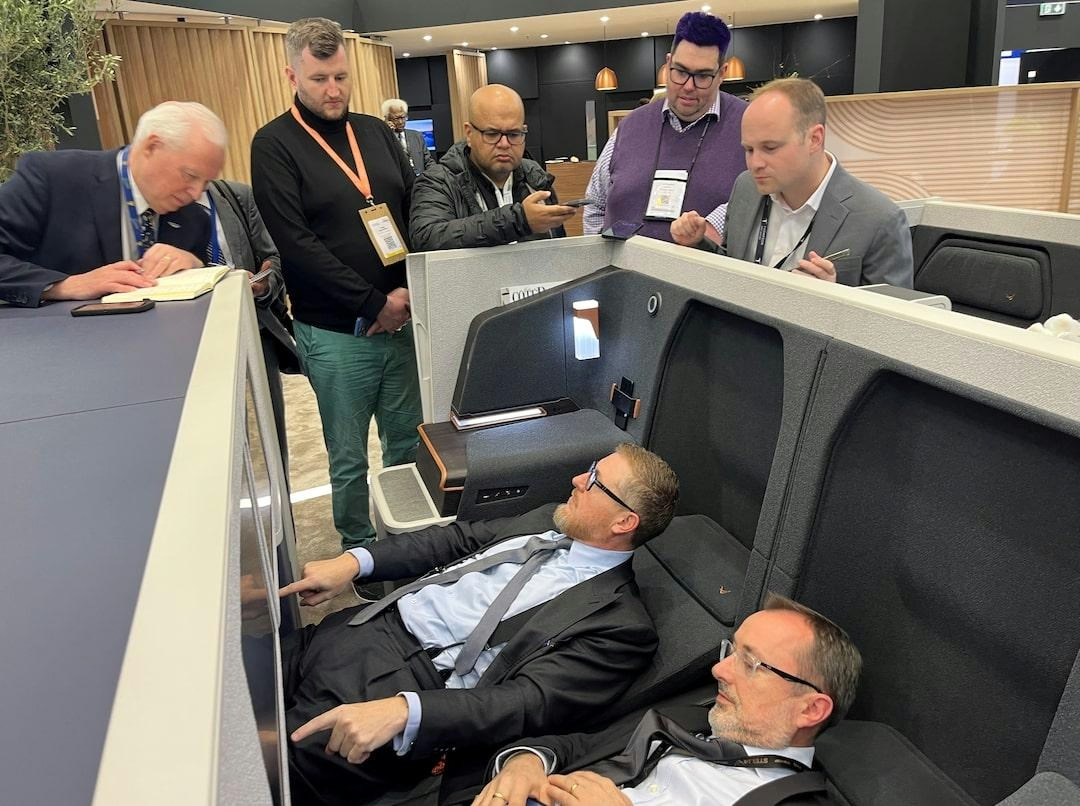
Cabin Interior Delays Continue to Affect Jet Deliveries
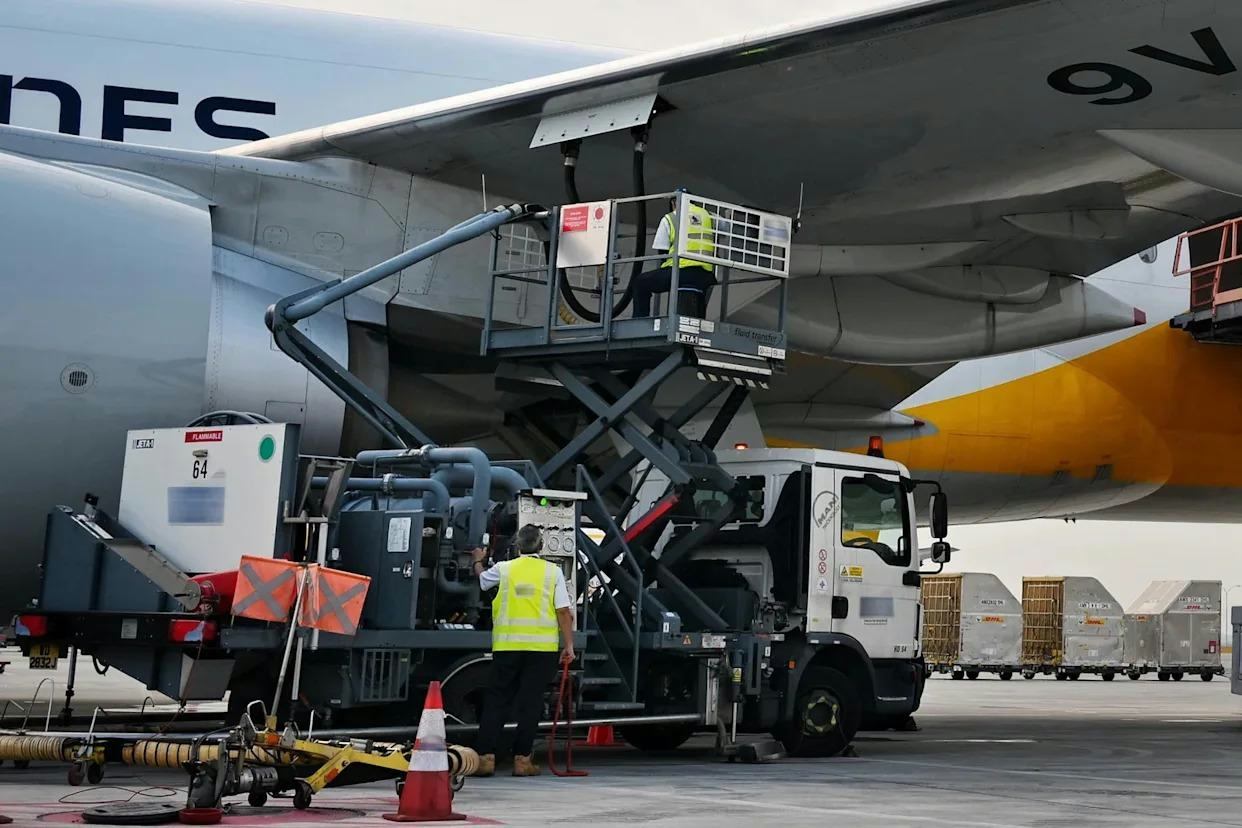
India Faces Fuel and Financing Challenges in Competing with Dubai and Singapore's Aviation Sectors
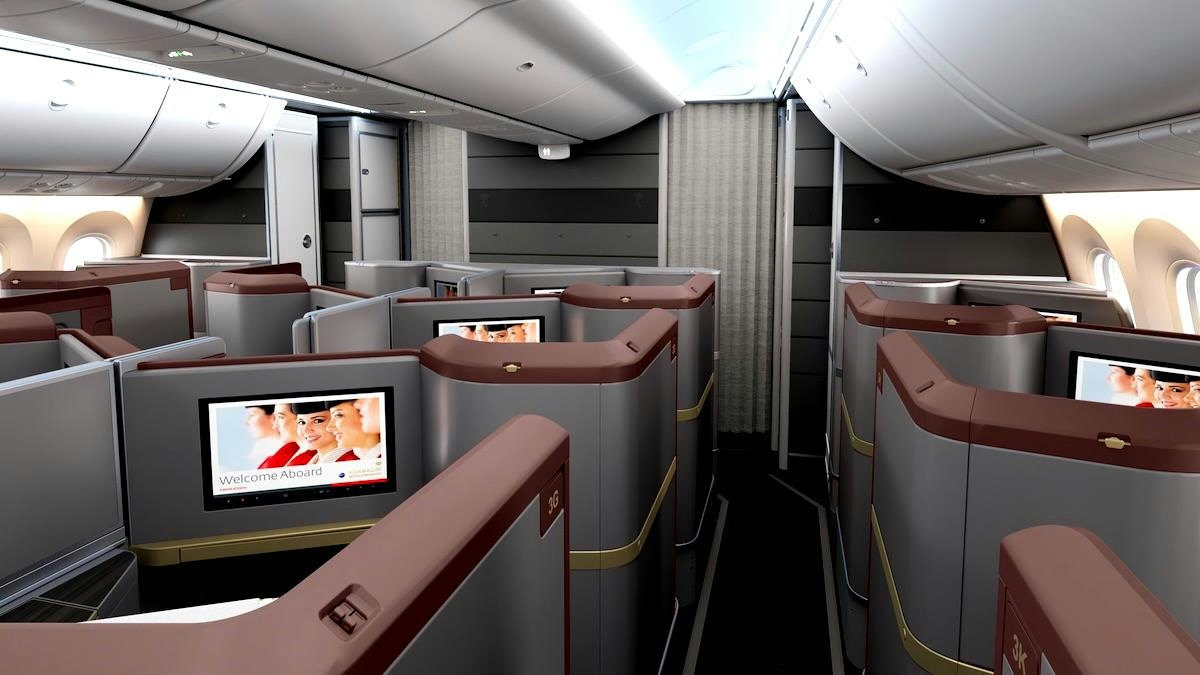
Royal Jordanian to Refurbish Boeing 787-8 Fleet
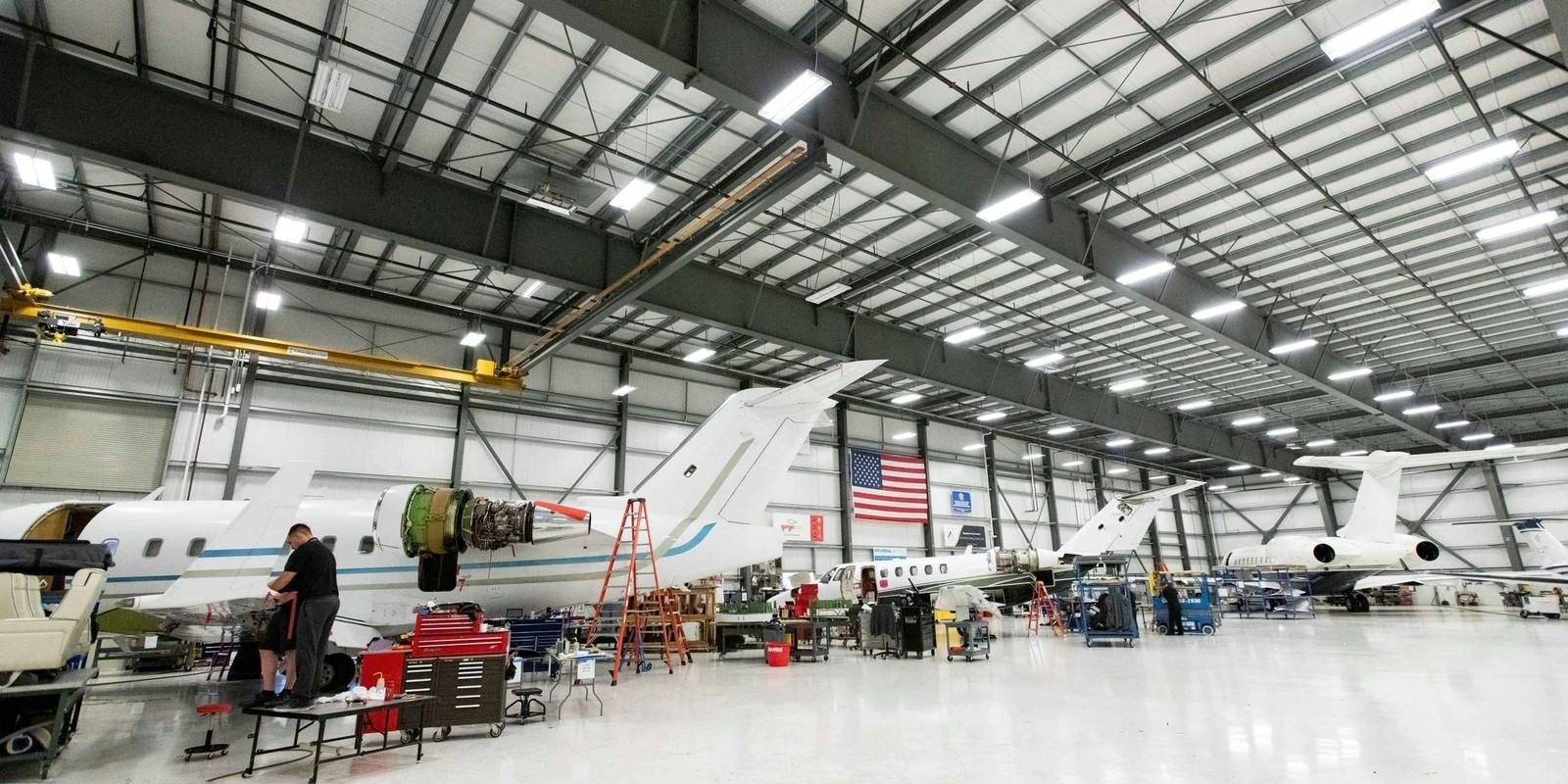
Expert Calls for Policy Reform to Boost Local MRO Investment and Reduce $1 Billion Maintenance Costs
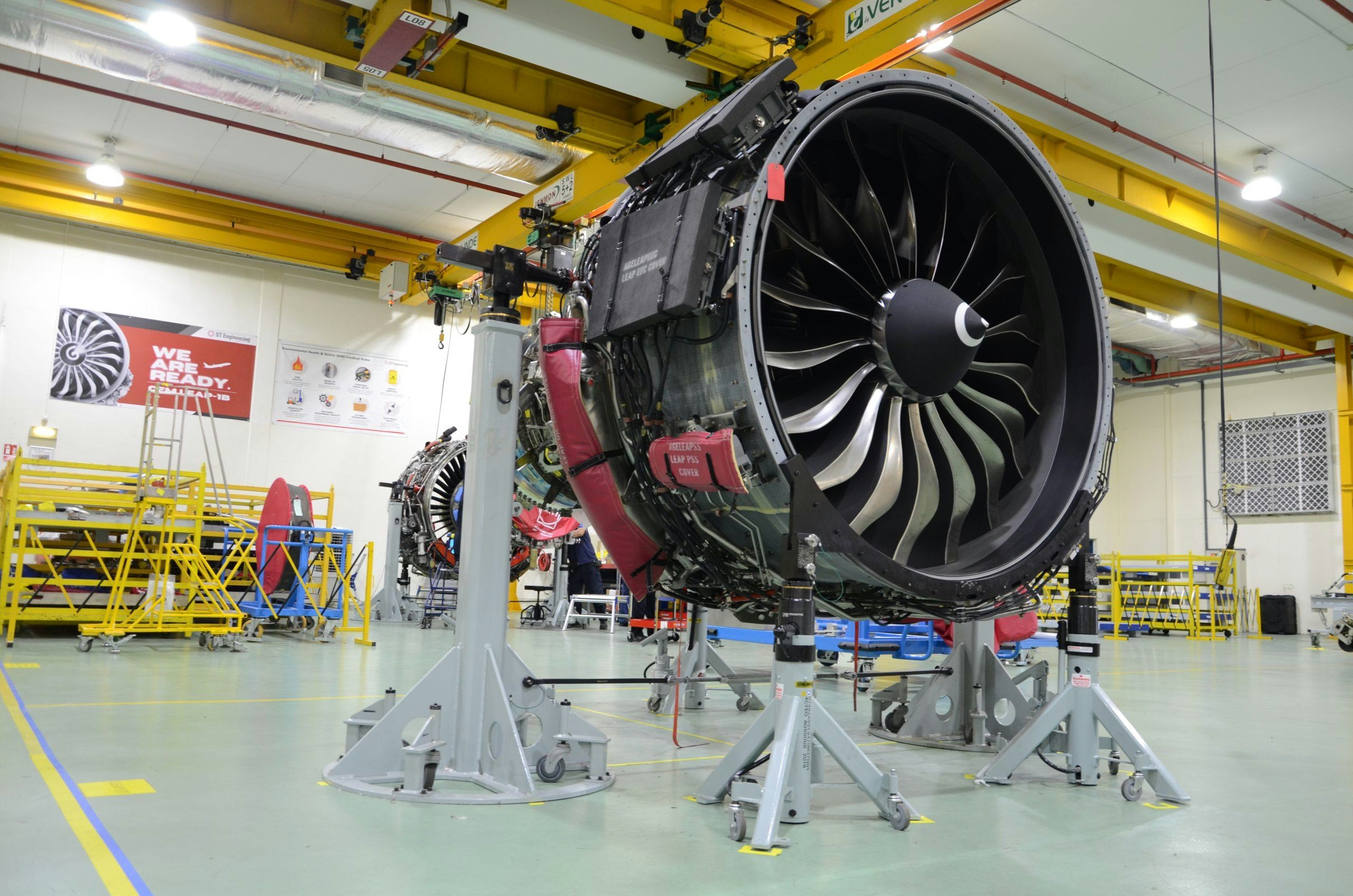
MRO Update: October 21, 2025
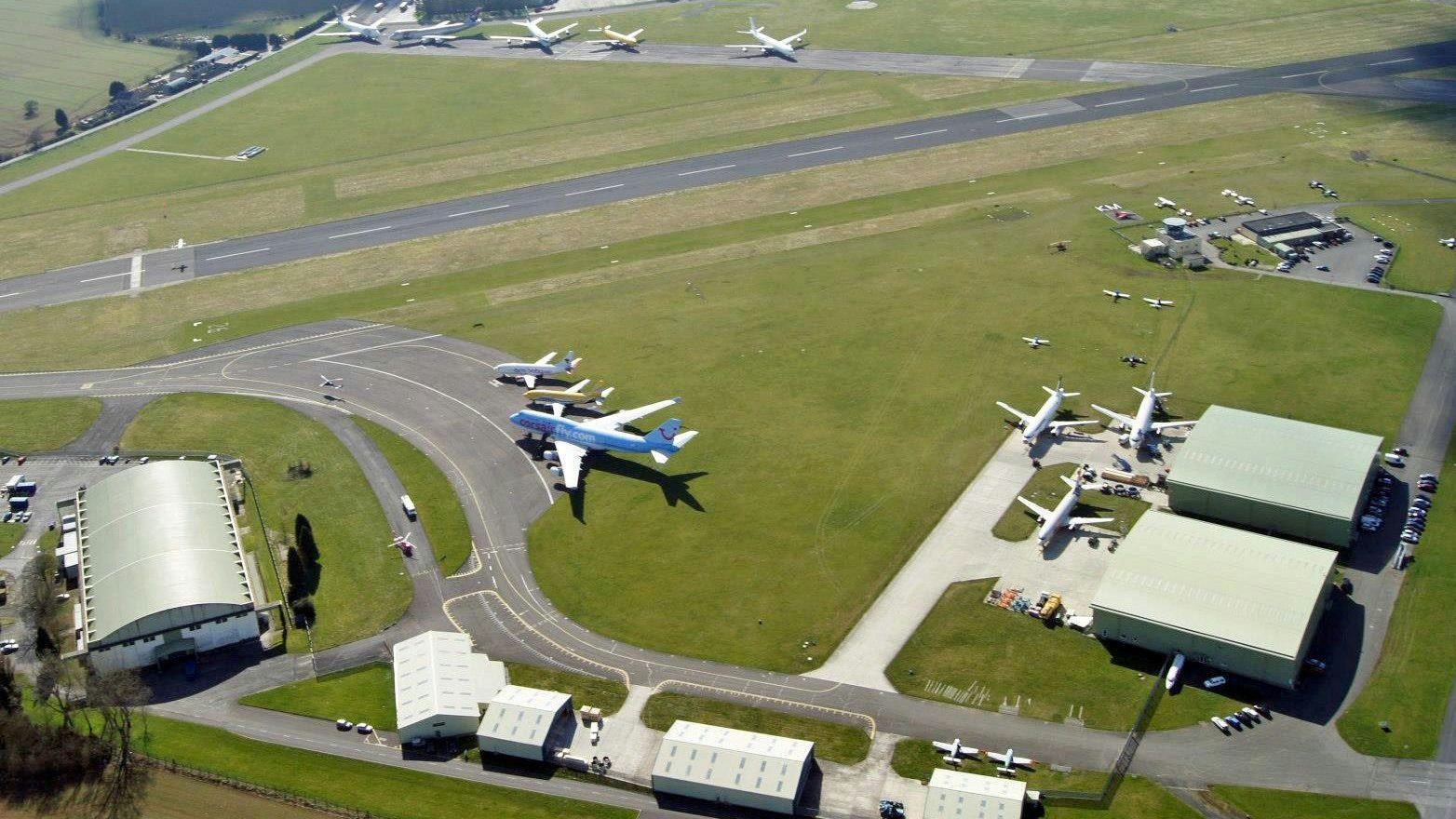
Young Aircraft Retired Early for Engine Salvage
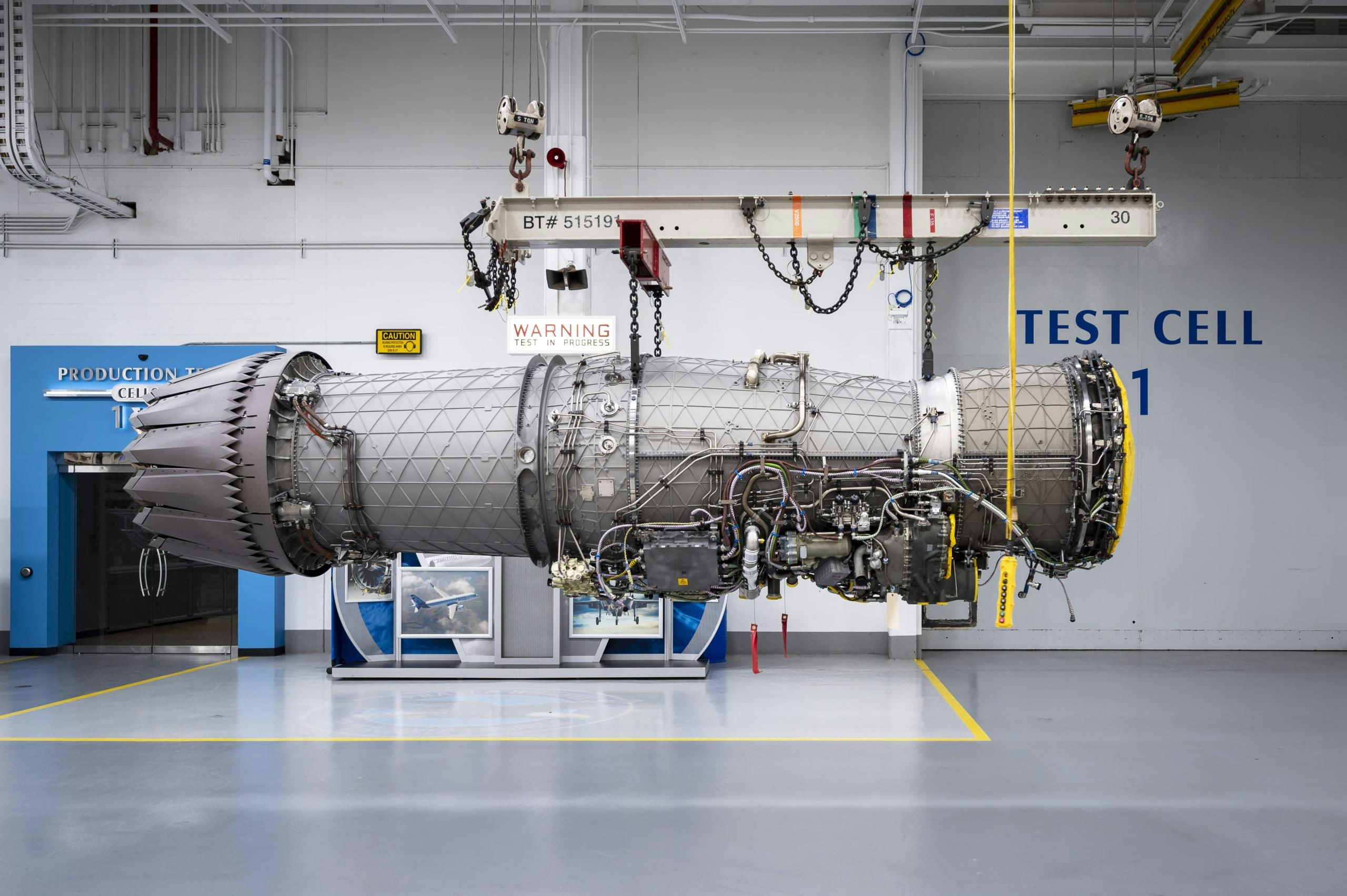
Data Centers Adopt Aviation Engines for Power Generation
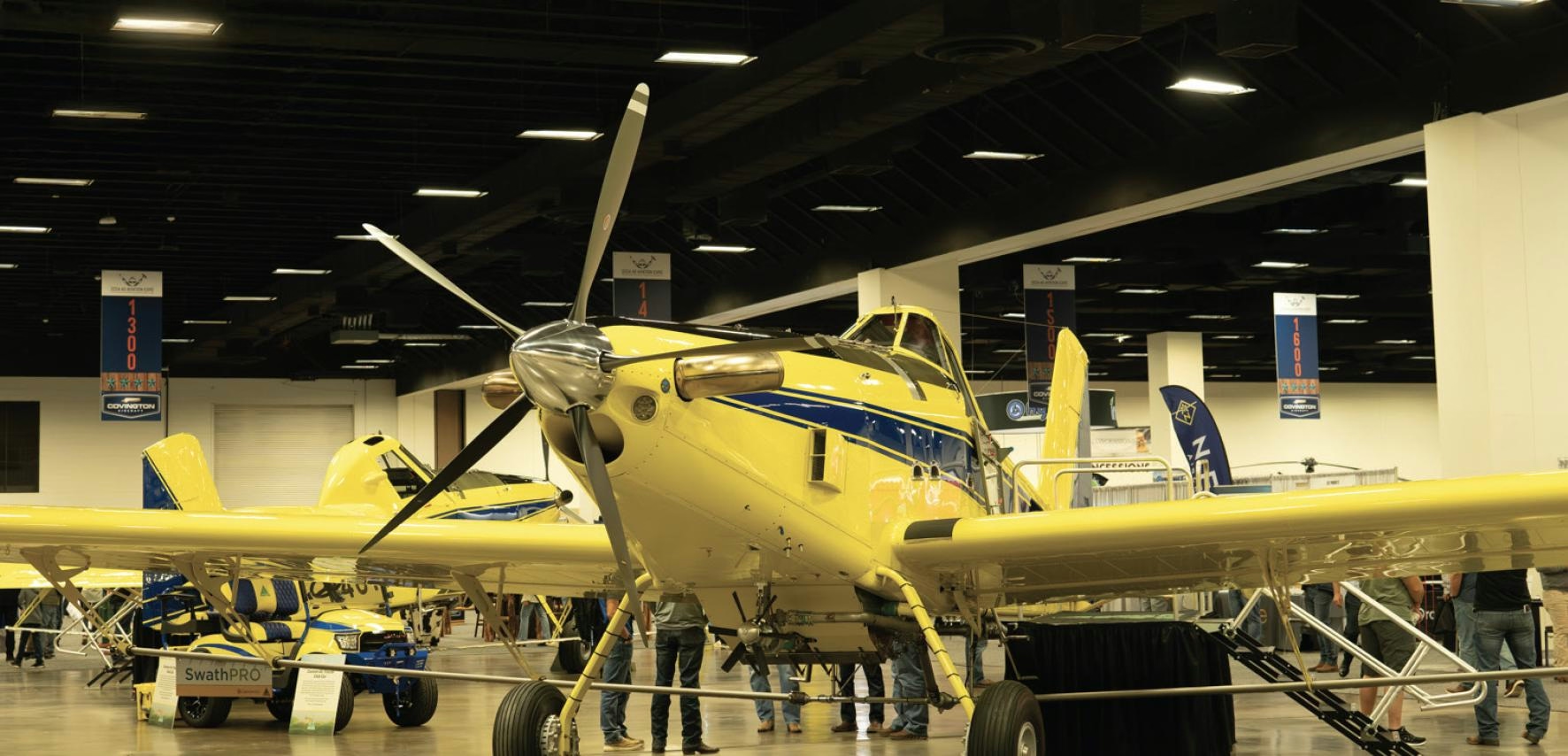
Turbine Conversions Ltd. Marks 35 Years in Ag Aviation and 25 Years of Single Point Fueling
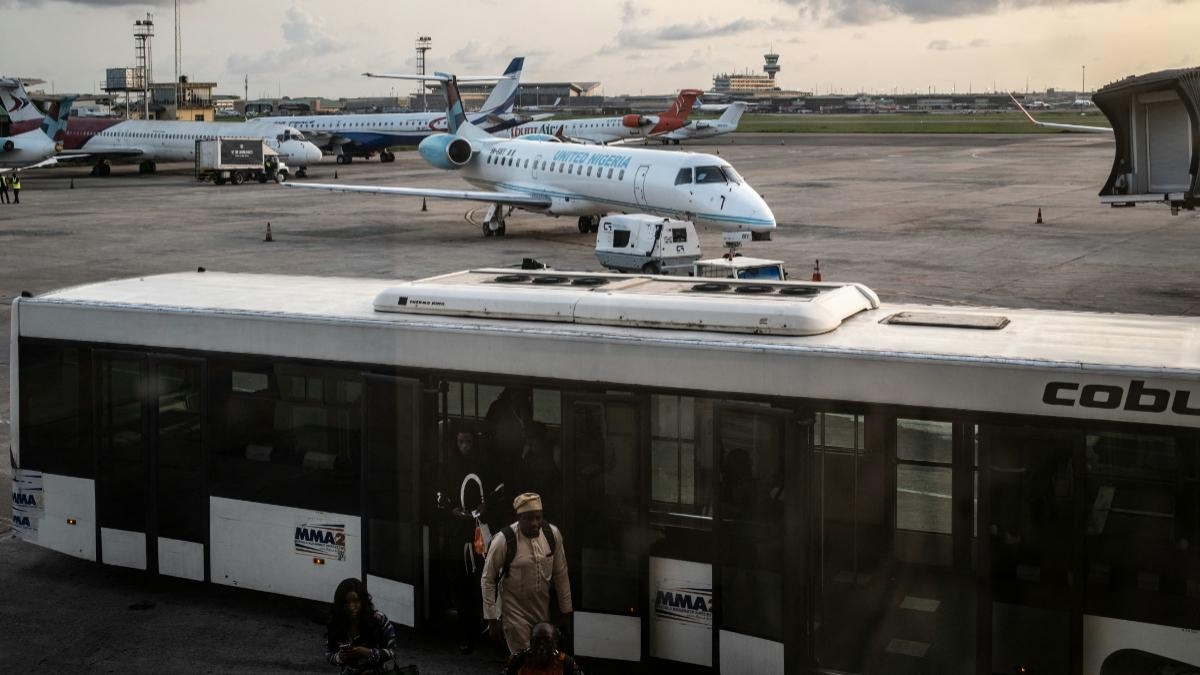
Brazilian, Chinese, and UK Airlines Target Nigerian Domestic Market for Expansion
